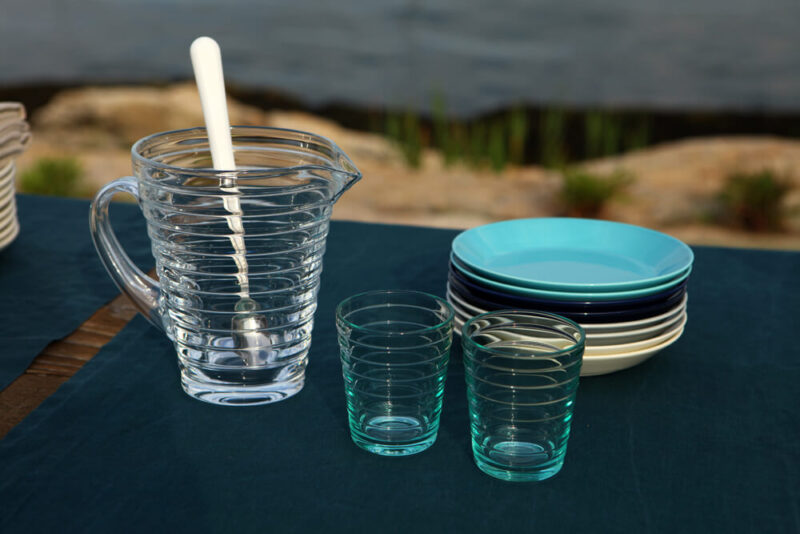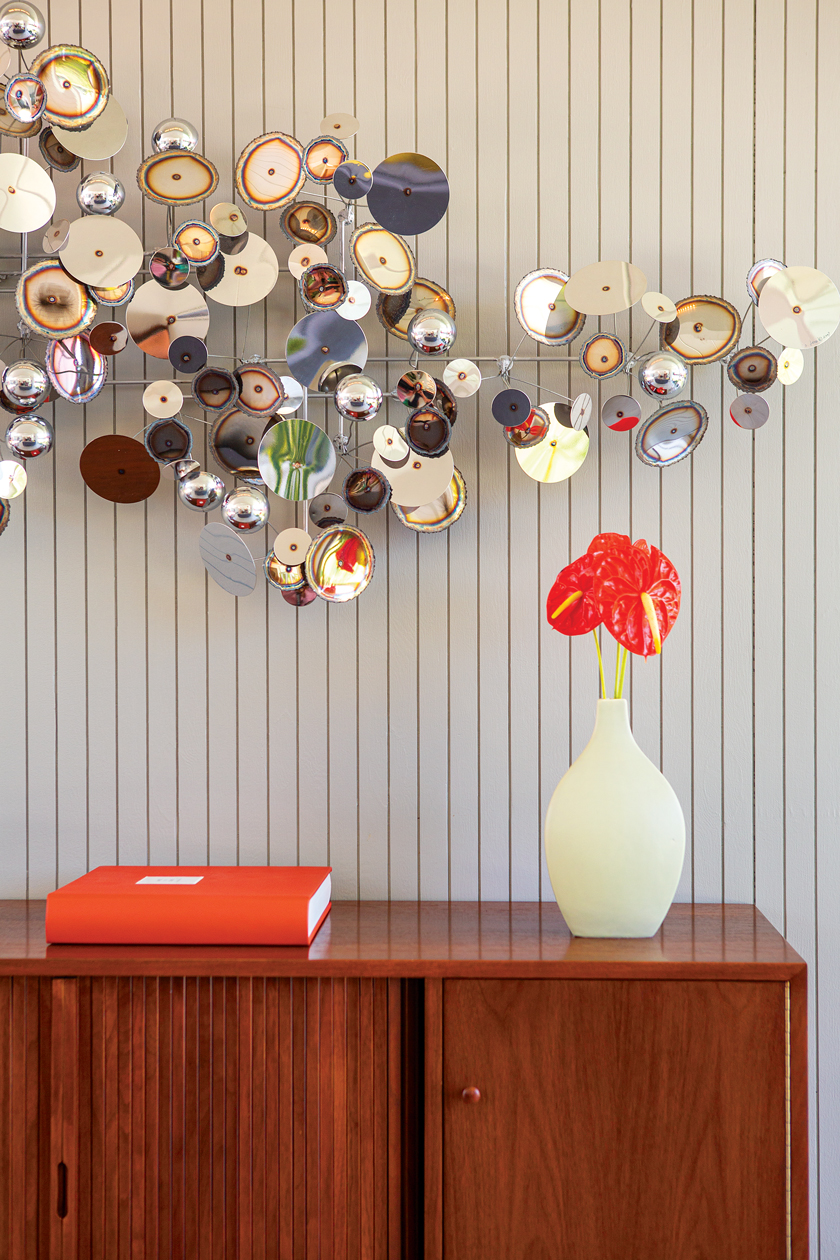If you are into Scandinavian design, you probably are familiar with the works of Finnish architect and furniture designer Alvar Aalto. But you may not be as familiar with the works of Aino Maria Marsio-Aalto, many of which were produced in collaboration with her husband.

As was unfortunately common during the epoch when Aino did her work (the 1920s through the 1940s), the world turned its gaze mostly to her husband’s achievements, while her own languished in the background. Indeed, we now know that her contributions to their joint projects went far beyond the credit she typically receives, even to this day.
Unearthing Aino Aalto’s Unsung Achievements
Aino Aalto was born in Helsinki as Aino Mandelin. She apprenticed to carpenters and joiners who lived in the same co-op apartment as her family. She later graduated as an architect from the Institute of Technology, which was where she and Alvar met.
Initially, she worked with a couple of other architects before working with and marrying Alvar, beginning their personal and professional partnership.

We know that Aino and Alvar were co-directors of their architecture firm, and that when he was away on business, she was the one directing day-to-day work. We also know that she worked with Alvar on many of the architectural and design projects credited to him. Alas, as Myriam López-Rodero explains in this article, details are hard to come by. There are few written works by Aino, and we cannot be sure which elements of her shared projects with Alvar were the result of his inputs or hers. For that reason, López-Rodero suggests examining the works individually attributed to Aino.

Bölgeblick Glass
Pictured above is Aino’s most well-known design, a series of glassware called “Bölgeblick.” The name translates to “a view of waves,” referencing the smooth ridges that ripple through the glass.
While the rippled look of the glass is aesthetically pleasing, it served an important practical purpose; it made it possible to manufacture the products inexpensively, yet disguise defects. That made them more affordable to the average consumer. In addition, they are stackable, making them space-efficient in small kitchens. So, even from this one set of dishware, we can divine quite a bit about what Aino valued in design: beauty in pragmatism and simplicity.
In fact, López-Rodero quotes Aino’s grandson Heikki Aalto-Alanen as saying, “Aino remained loyal to functionalist ideas and designed practical things that were carefully studied and finished throughout.”
Aalto-Alanen wrote a book about Aino And Alvar’s shared life and works titled, Aino + Alvar Aalto: A Life Together. He wrote the book after discovering old letters between the two, which shed light on both their personal relationship and their joint and individual professional achievements.
In the book, he describes Aino as “intense, diligent, and restrained,” a contrast to Alvar’s “restless, exuberant, and unpredictable” personality. This description too, aligns well with what we see expressed through her work.
Aino’s Legacy
It is important to note that the letters Aalto-Alanen found portray a close, functional, fair partnership between Aino and Alvar, and that all their shared works bore both their names. All indications are that Alvar thoroughly recognized Aino’s contributions, both publicly and privately. Alas, the world of the 1920s through the 1940s did not—and it has continued to lag behind over the many decades since. Let us hope now that we are in that same stretch of the 21st century, Aino’s under-recognized brilliance will finally receive the global recognition it deserves.
If you enjoyed this post, you also may also like Jens Quistgaard: Bringing Scandinavian Modern Design To American Kitchens and 4 Ways to Get that Modern Scandinavian Look. And of course, don’t forget to follow us on Instagram, Facebook and Pinterest for more Mid Century Modern inspiration!












